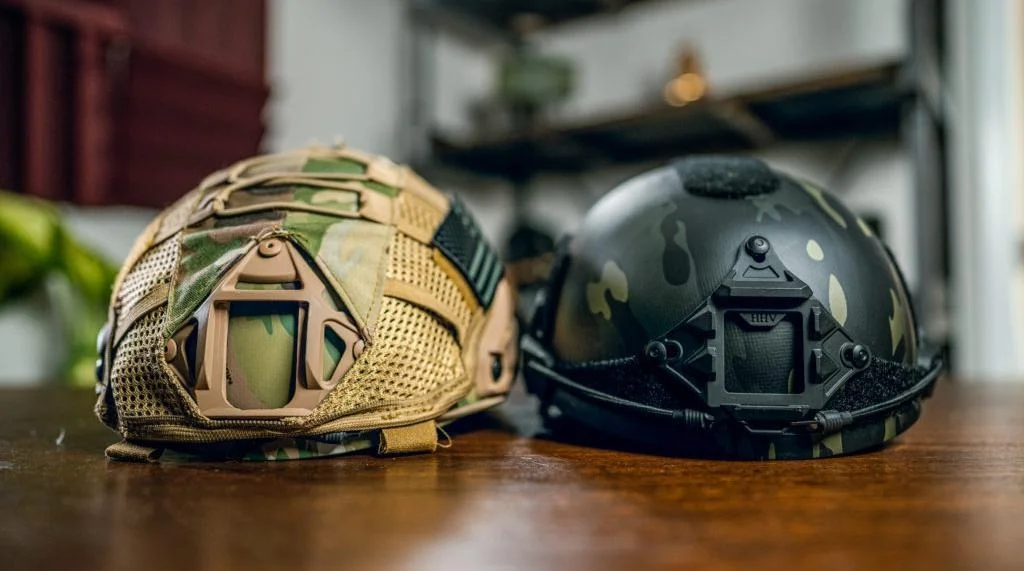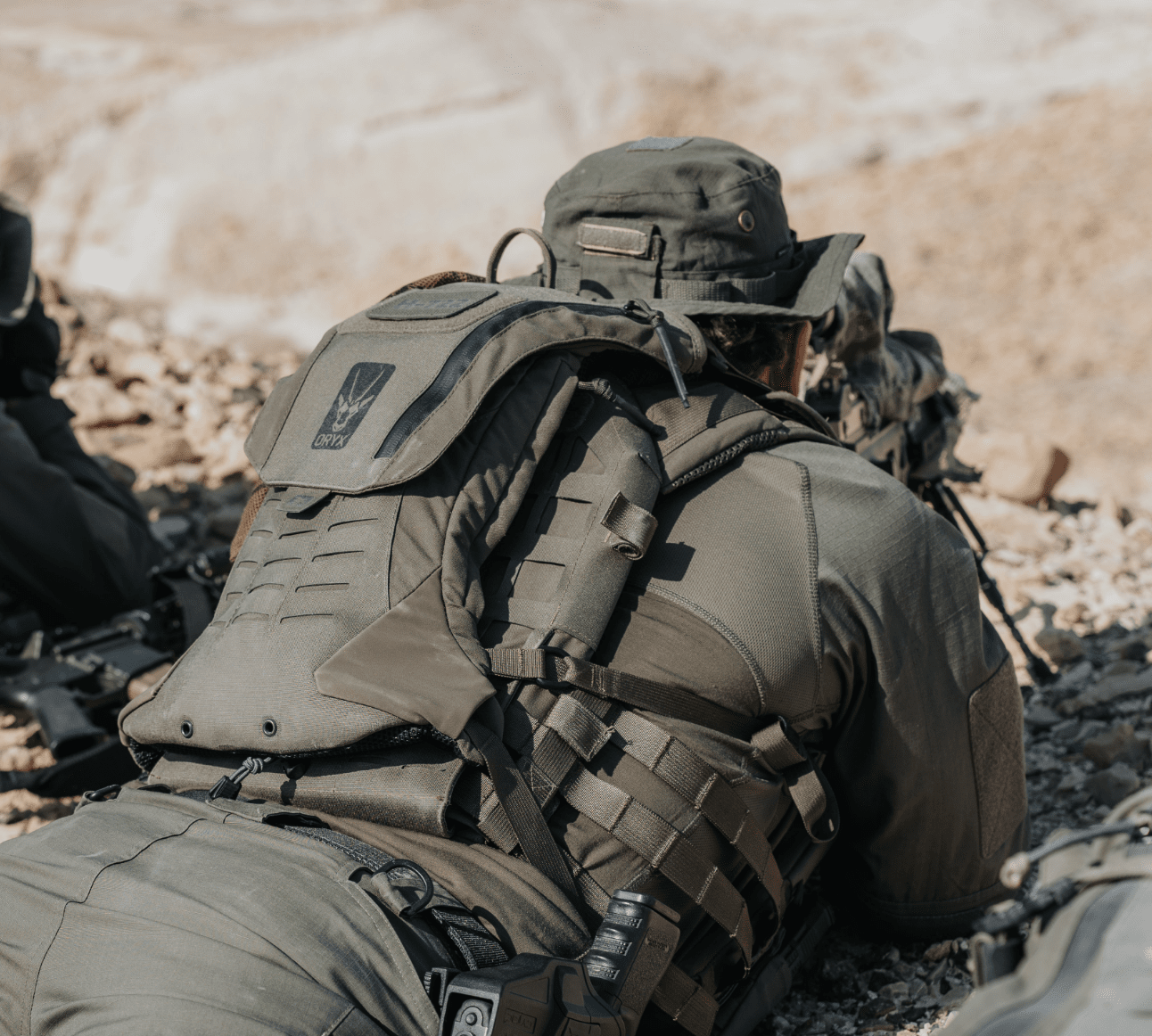More than just helping you keep your pants up, a battle belt has many other uses. Law enforcement officers, military personnel, tactical units, and occasionally civilians carry essential equipment that they might need to access quickly in a battle belt or war belt. The majority of tactical belts are constructed of tough nylon webbing, including a rigid inner belt to aid with weight bearing, and a padded outer battle belt for maximum comfort. MOLLE panels are also included on the outside belt so you may carry any kind of equipment without risking damage. The inner belt, which can sometimes be made of steel or stiff plastics, keeps the battle belt from sagging even when it is fully loaded with gear.
The majority of battle belts are simple to put on and take off because they don't need to go through the belt loops on your pants and can be fastened with a cobra buckle. This makes tactical belts incredibly adjustable and simple to use. Additionally, you want all of your gear to be uniformly distributed across your body to prevent any one portion of your body from being overly stressed by the weight. All of your equipment mounted on your plate carrier can make it cumbersome and difficult to access. As a result, a battle belt also enables you to distribute your tactical equipment more effectively across your body, improving access.
Another sort of battle belt designed for daily use is the concealable pistol belt. To aid in weight control, they are made of stiff materials or, in some cases, even feature a rigid steel core. These belts make it possible for people to carry extra magazines and firearms while remaining unnoticeable, unlike a tactical belt made of MOLLE webbing.
A BATTLE BELT IS USED BY WHO?
Although anyone can use a battle belt, police officers, soldiers, and special tactical units are most likely to do so.
Police officers who use it to carry their sidearms, extra pistol magazines, handcuffs, flashlights, and other MOLLE-compatible pouches may also refer to it as a duty belt. For police officers, particularly street cops, traffic cops, and highway patrol officers, battle belts are very useful. They can carry all the equipment they require on their combat belt, which also makes it simple and quick to access.
Military troops can carry a wide range of equipment on their tactical belt, including communication devices, medical kits, and magazine pouches. Federal employees who work for the FBI, for example, may carry a concealed duty belt. Nylon or thick leather can also be used to make concealable belts, which frequently have AustriAlpin Cobra buckles. Additionally, some paramedics may use tactical duty belts to carry equipment.
Additionally, citizens may find a fighting belt to be highly helpful, particularly when acting in self-defense. They enable you to keep all of your self-defense equipment in one place, where you can quickly access it by putting on your battle belt. Sport shooters who want to reload quickly and save time during competitions can carry timers and ammo on their battle belts.
WHERE TO LOOK FOR IN A BATTLE BELT?
Battle belts can offer a lot of advantages, but purchasing one can occasionally be challenging, particularly if you don't know what to look for.
Since carrying gear is the primary function of your battle belt, you must ensure that it has a firm inner belt that won't droop with the weight of the load. Second, comfort is crucial, so check to see if it has an additional padded outer belt.
Make sure the belt is composed of sturdy, high-quality materials like Nylon webbing because durability is also vital. Belts with an inner steel core are likewise highly strong. A war belt must be quickly equippable, so cobra-buckled belts are ideal because you can quickly clip them on and take them off as needed.
Last but not least, the belt's cost should also be taken into account. These belts won't be cheap, let's face it. On average, a battle belt can cost up to a couple of hundred dollars. A top-tier fighting belt, however, can also be extremely expensive. Last but not least, before deciding on your belt, be sure to read some customer reviews.



